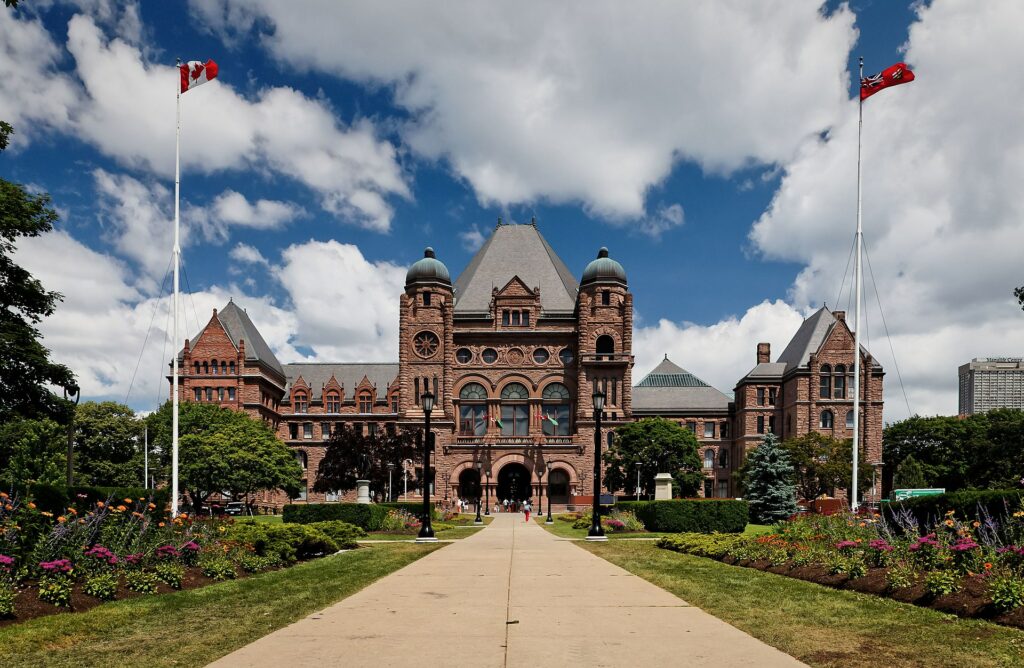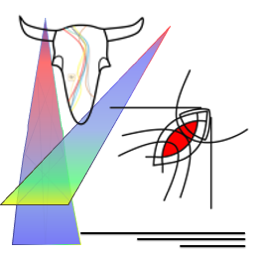
In retaliation for President Trump’s imposition of tariffs on Canadian goods, the province of Ontario has significantly curbed US participation in its public sector procurement. Ontario’s premier announced on March 4 that: “American companies will not be able to bid on the $30 billion worth of procurement contracts the province awards each year, or bid on contracts related to his $200-billion infrastructure plan to build highways, tunnels, transit, hospitals and jails.” A month later (April 4), the province published its Procurement Restriction Policy, making it retroactive to the Ontario’s premier’s announcement. This post examines the ban on US participation, as well as the potential application of a European Union (EU) trade tool to restrict US access to its procurement market in response to Trump tariffs.
Ontario’s Policy requires public sector entities to exclude US businesses from any new procurement, regardless of its estimated value or the procurement method used (invitational, open competitive, non-competitive). The only exception is where the US business is the only viable source for the good or service AND the procurement cannot be delayed due to risks to public health and safety or other critical factors. (FAQs provide guidance on what is meant by “only viable source” and “the procurement cannot be delayed”.) Any exemption must be approved by the Deputy Minister or equivalent or Chief Executive Officer, regardless of the procurement value.
The Policy applies to all provincial ministries and agencies covered by the Ontario Public Service Procurement Directive, the Ontario Power Generation, and the Independent Electricity System Operator. It also extends to all Broader Public Sector organizations, such as provincial health organizations, school boards, and post-secondary institutions. The Policy does not apply to municipalities or to subcontractors. Ontario also issued A Guide for Public Sector Buyers on implementation of the Policy.
Under the new Policy, a US business is defined as a supplier, manufacturer, or distributor regardless of its business structure (corporations, partnerships, and sole proprietorships) and creates a two-part test to determine if an entity is a US business. An entity is considered a US business if: (i) its headquarters or main office is located in the United States; and (ii) it has fewer than 250 full-time employees in Canada at the time of the applicable procurement process. A public sector entity can rely on a business’ representation that it does not meet this definition.
Ontario could rescind or adjust the Policy if the tariffs are lifted.
Under the WTO Government Procurement Agreement (GPA), the US has rights to participate in the procurement of Ontario’s ministries and 14 agencies, at or above a threshold of CAD 229,600. It could challenge the exclusion of US firms from that procurement as contrary to the GPA’s national treatment obligation, either formally under the WTO dispute settlement mechanism or informally in the WTO procurement committee. At this time, it is unclear how the US might respond. (US firms have no rights to Canadian procurement under the US-Mexico-Canada Agreement because Canada does not undertake any procurement obligations under that agreement.)
Another potential use of government procurement restrictions as retaliation against the Trump tariffs is the European Union’s Anti-coercion Instrument (ACI), a regulation implemented in 2023. The ACI authorizes the European Commission to retaliate against countries trying to coerce it or its member states to take certain action. Withholding access to the EU’s public procurement market is one of the ACI remedies available to the Commission, along with restricting the import and export of goods and services, intellectual property rights, and foreign direct investment. Unlike other recently adopted trade tools, namely the International Procurement Instrument and the Foreign Subsidies Regulation, the EU has yet to use the ACI. And, it is not likely to use its “fiercest tool,” against US tariffs unless President Trump escalates the trade war.
Jean Heilman Grier
April 22, 2025
Related Posts
EU Gains New Trade Tool: Anti-Coercion Instrument
USMCA - Modernized NAFTA: Procurement
EU Report on China’s Discrimination in Purchasing Medical Devices

